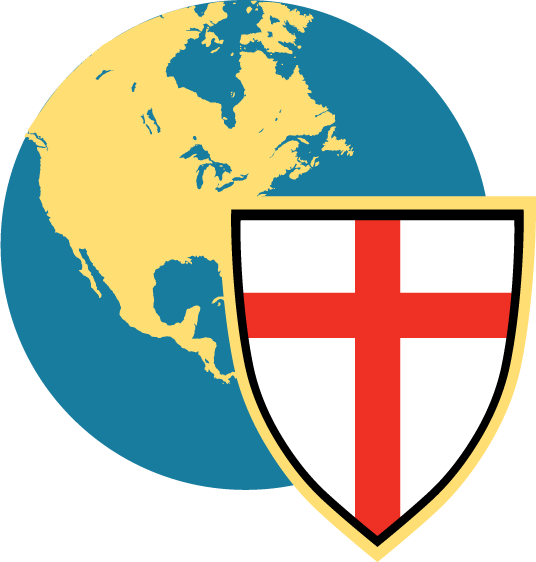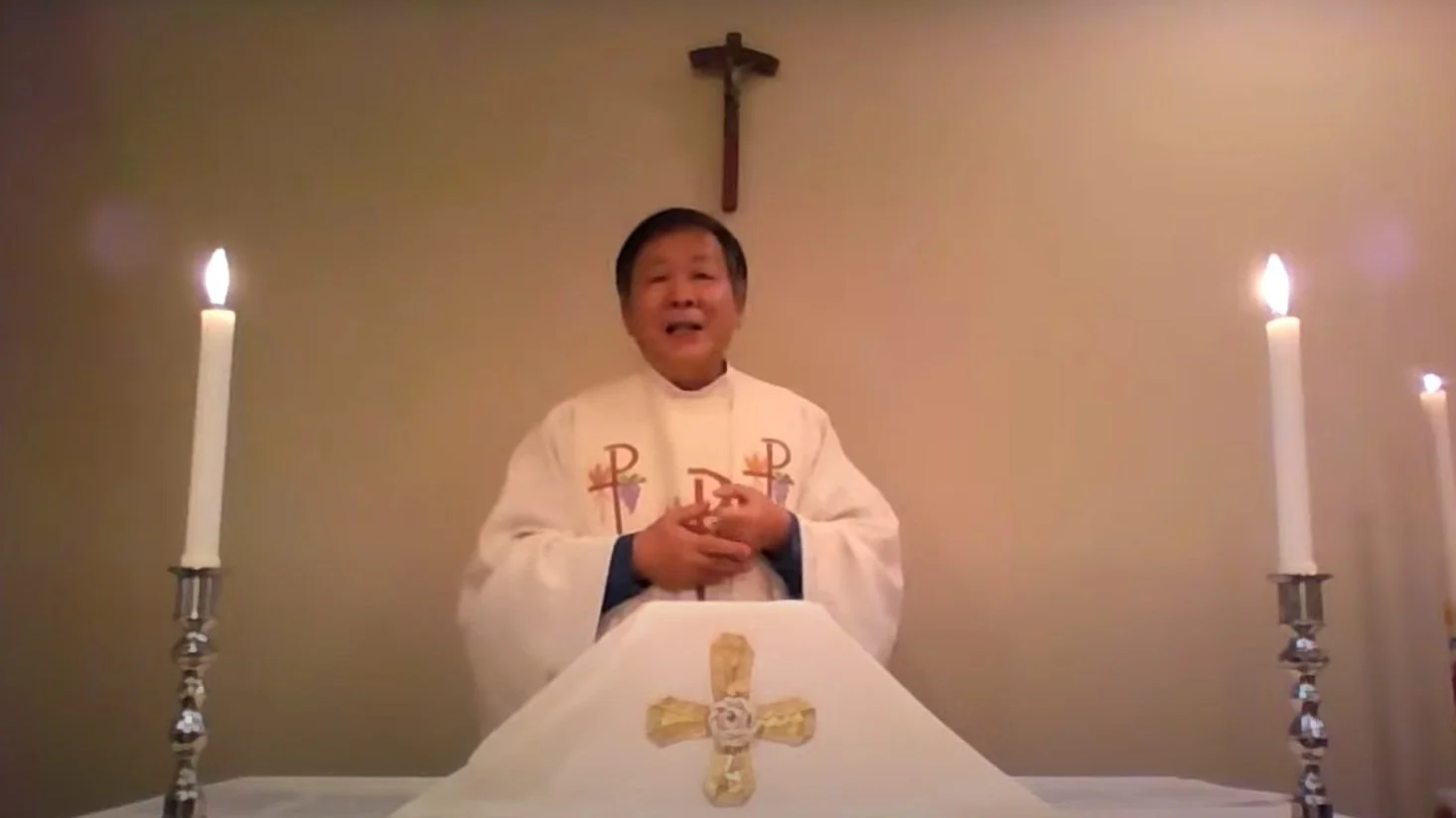
The Diocese by the Numbers
Unless otherwise noted, all the numbers below are updated as of Dec. 2021.
Churches
42 Churches
28 Congregations
9 Missions
3 Mission Fellowships
2 Church Plants in formation (Southside Richmond and Philadelphia)
Geographically
31 Virginia (17 in Northern Virginia)
6 Maryland
1 Delaware
1 Washington D.C.
3 in bordering portions of West Virginia, North Carolina, and Pennsylvania
——
7 Inside Beltways/Urban Centers
12 Near Beltways/Urban Centers
13 Suburban
10 Rural
Members & Attendance
7,587 Members, 6,056 Average Sunday Attendance
Average Sunday Attendance (ASA) Groupings*
1 1000+
2 500-999
4 250-499
5 125-249
9 60-124
9 30-59
6 15-29
3 2-14
Notes
~The 7 Churches above 250 ASA comprise 4,103 of the Diocese’s 6,056 ASA, just over two-thirds of the total; 6 are located in Northern Virginia, 1 in Baltimore.
~The remaining 32 Churches serve 1,953 of the Diocese’s ASA, not only in metropolitan areas but also in less densely populated areas.
* These attendance figures are from 2020 Congregational Reports, a year truncated by COVID closures and alterations; however, the numbers are consistent with previous years. The 2021 Congregational Reports Summary will be available in later March 2022 and will reflect updated ASAs and any changes in ranking.
Liturgical Forms
All three dimensions of the Anglican tradition (Evangelical, Charismatic, Anglo-Catholic) inform worship in the Diocese, some churches having a more pronounced expression of one dimension over the others.
Demographics
The Diocese’s churches are predominantly White; however, there are indications of increased racial and ethnic diversity:
~11 (27%) Churches report significant numbers of other ethnicities attending.
~2 Congregations identify themselves as predominantly non-White: one is Korean, one is Black and Latino.
~There are distinct ministries within several churches which work to build bridges and proclaim the Gospel across racial and ethnic lines.
~Some church plants have intentionally and prayerfully chosen to plant in multi-ethnic contexts.
Clergy
142 Clergy
3 Bishops (2 retired)
117 Priests
2 Transitional Deacons
20 Vocational Deacons
——
107 Active Priests and Deacons (full- or part-time or nonparochial)
32 Retired Clergy
Notes
~54% of 107 active Priests and Deacons are fully or partially salaried by their Churches.
~Many Clergy serve in adjunct roles at their churches and are non-stipendiary.
~Vocational Deacons serve in a range of roles within the church and in the world.
~Of the 107 active Priests and Deacons, 6 serve outside the Diocese in other states or countries.
~There are 11 Priests and Deacons of other dioceses who are licensed to function in the Diocese.
The 107 active Priests and Deacons grouped by ages:
1 20s 1%
18 30s 17%
20 40s 19%
27 50s 25%
24 60s 24%
16 70s 13%
1 80s 1%
~39 (36%) of active Priests and Deacons are under age 50
~53 (50%) are age 50-69
~15 (14%) are above age 70
109 Men (79%)
97 Priests | 2 Transitional Deacon | 10 Vocational Deacons
30 Women (21%)
20 Priests | 0 Transitional Deacon | 10 Vocational Deacons
Of the Women Clergy, 3 are Rectors of Congregations and 1 is Priest-in-Charge.
104 (97%) White
3 (3%) Of Color
92 Active Priests: Years since Ordination to the Priesthood:
29 0-5 years 30%
17 6-10 19%
23 11-15 23%
8 16-20 10%
5 21-25 7%
1 26-30 2%
2 31-35 2%
4 36-40 4%
3 41-45 3%
The Ordination Process presently has:
7 Applicants
10 Postulants
0 Candidates
Note: the majority of those ordained in recent years were under age 40.











